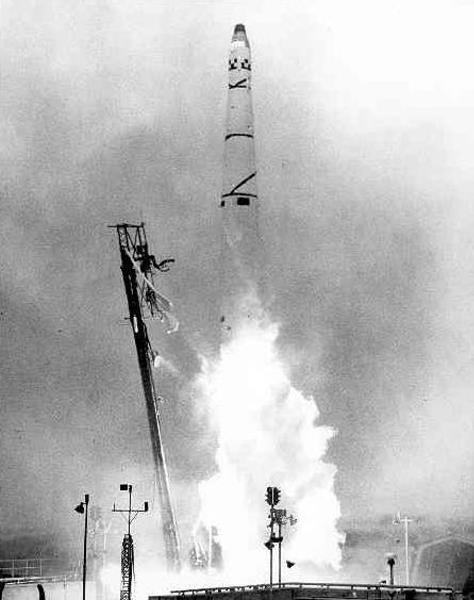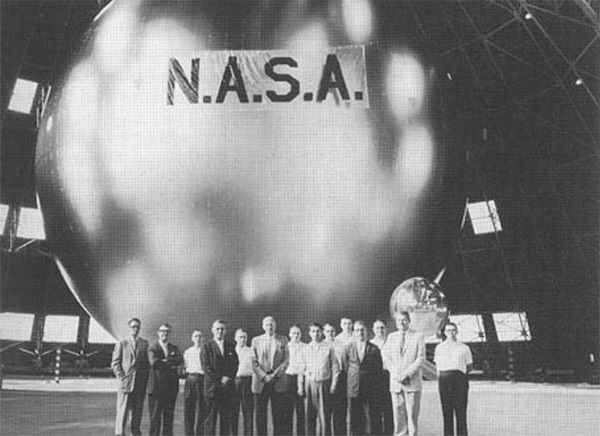Talk about a good week for Space news!
There I was, all ready to discuss the latest IF Science Fiction (which is quite good, by the way), and then both the United States and the Soviet Union came out with a couple of bombshells that I couldn't ignore. And neither should you.
Firstly, right on the heels of last week's Discoverer 13 launch, the Air Force has successfully flown another Discoverer. For those who don't remember, Discoverer is a "biological-sample-return" capsule designed to send living payloads into orbit and then retrieve them. Supposedly.
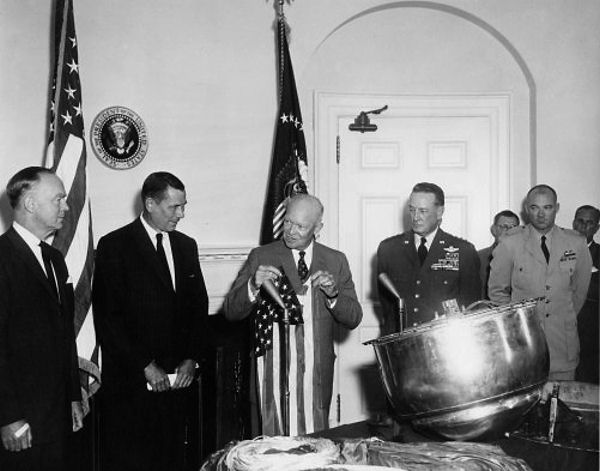
Now, I had reported last week that lucky 13 was the first fully successful mission. That turned out to be a mistake. Discoverer capsules are meant to be caught before they land, and #13 had to be fished out of the drink. By the way, 13's payload, an American flag, was presented to the President amid great fanfare on August 15.
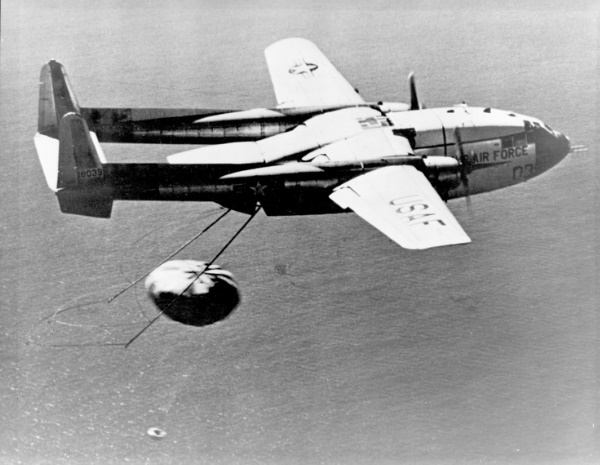
But #14 was a textbook case from beginning to end, complete with a mid-air snatch that must have been a rather hair-raising endeavor. According to my newspaper, the Air Force plans to send up apes with the next mission. We'll see.
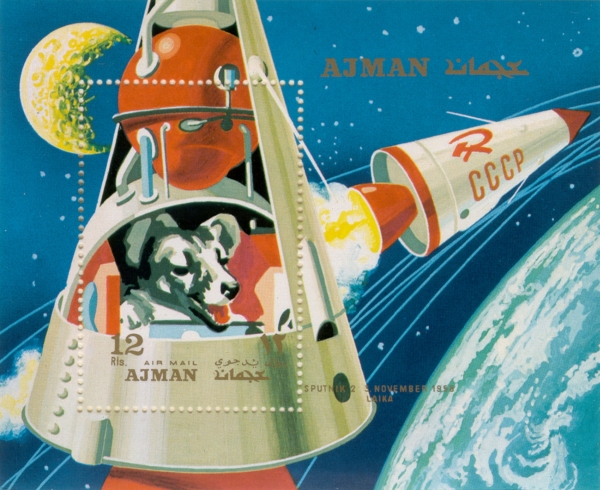
As usual, the Soviets had to trump our success. Yesterday morning, Sputnik 5 soared to the heavens at the tip of a booster similar to the one that launched the heavy Sputnik 3 and 4 satellites the past two years. A veritable menagerie was sent into space: two dogs (Belka and Strelka), 40 mice, two rats, and a variety of plants. Even better, they successfully de-orbited and landed, safe and sound.
Unlike Discoverer, which is at best a proof-of-concept program (and, at least, a spy satellite with a creative cover), Sputnik 5 appears to be a production model of the Soviet manned spacecraft–their version of Mercury. We haven't even managed a fully successful flight of a boilerplate Mercury (Big Joe). I'm betting that we see some kind of primate launched in the next few months.
Whether it will be a human, in time for this year's October Revolution celebration, depends on how fond the Soviets are of taking risks…

